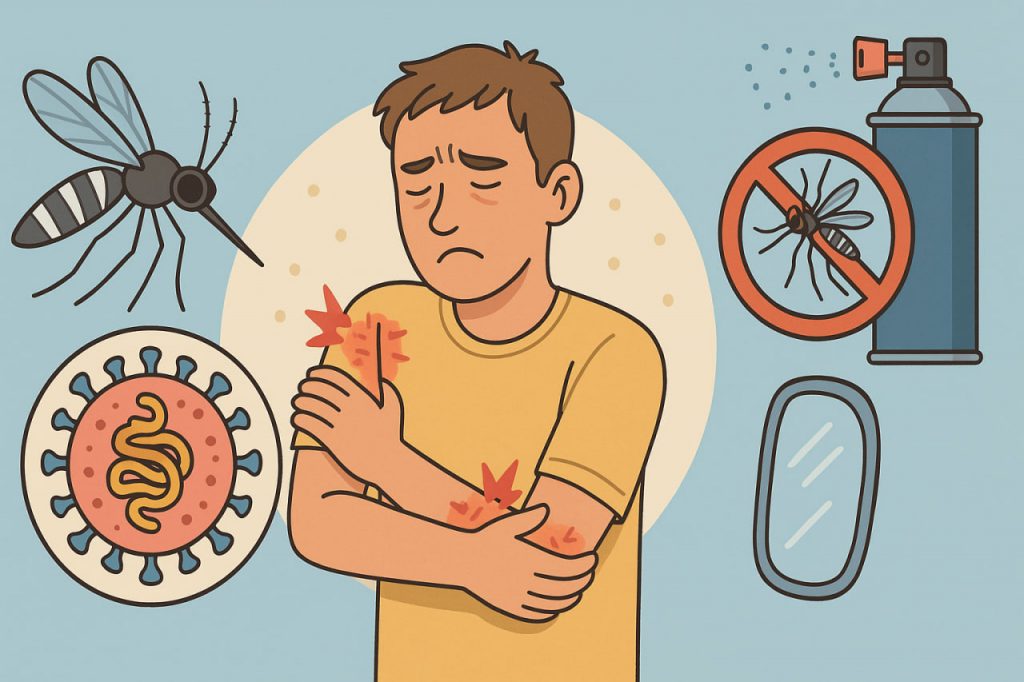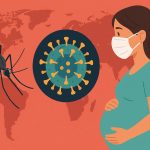Chikungunya virus (CHIKV) is an arthropod-borne virus transmitted to humans by infected Aedes mosquitoes, primarily Aedes aegypti and Aedes albopictus. The disease is characterized by sudden onset of fever, joint pain, rash, and fatigue. Though chikungunya rarely causes death, it can lead to long-term complications, especially in older adults or those with chronic health conditions. The virus has caused outbreaks in Africa, Asia, Europe, and the Americas, often coinciding with increased mosquito activity in tropical and subtropical regions.
Origin and Geographic Spread
Chikungunya was first identified during an outbreak in Tanzania in 1952. The name originates from the Makonde language, meaning “to become contorted,” referring to the posture of patients suffering from intense joint pain. Over the past two decades, the virus has spread globally due to increased international travel and climate factors that expand mosquito habitats.
Today, CHIKV is endemic in parts of Africa, Southeast Asia, India, and the Caribbean. It is classified as a re-emerging virus, with periodic outbreaks linked to seasonal changes, rainfall, and vector abundance. In regions where Aedes mosquitoes are present, imported cases can lead to local transmission.
How the Virus Is Transmitted
The primary mode of chikungunya transmission is through the bite of an infected Aedes mosquito, which acquires the virus by feeding on an infected person during the first week of illness. The extrinsic incubation period in the mosquito is around 2–10 days, after which the insect can transmit the virus during subsequent bites.
CHIKV is not transmitted directly from person to person, though in rare cases, maternal-fetal transmission can occur around the time of childbirth. Blood transfusion and laboratory exposure are other rare but possible transmission routes.
Clinical Symptoms and Diagnosis
The incubation period for chikungunya is typically 3–7 days after a mosquito bite. The infection begins abruptly with high fever, often accompanied by severe polyarthritis or polyarthralgia affecting the hands, wrists, ankles, and feet. Other symptoms may include rash, headache, muscle pain, nausea, and conjunctivitis.
Symptoms usually resolve within 7–10 days, but joint pain can persist for weeks or even months. Diagnosis is confirmed through serological tests (IgM/IgG antibodies) or RT-PCR in the acute phase. Because symptoms are similar to those of dengue and Zika, laboratory confirmation is essential for differential diagnosis.
Complications and Long-Term Effects
Although most infections are self-limiting, some individuals develop chronic joint inflammation resembling rheumatoid arthritis. Neurological, cardiac, and ocular complications have been reported in severe or atypical cases. People with pre-existing conditions or weakened immune systems are at higher risk of these outcomes.
Persistent symptoms such as fatigue, insomnia, and depression may affect quality of life for months post-infection. Research is ongoing into the mechanisms of post-viral arthritis and immune response following chikungunya infection.
Prevention and Public Health Response
There is currently no vaccine or specific antiviral treatment for chikungunya. Management is supportive, involving rest, hydration, and contacting a doctor for recommendations.
Prevention focuses on vector control, including eliminating standing water, using mosquito repellents, wearing protective clothing, and installing window screens. Public health agencies also engage in outbreak surveillance, travel advisories, and community education in affected areas.
Conclusion
Chikungunya is a rapidly spreading mosquito-borne viral disease with potentially long-lasting effects on joint health and well-being. Although not usually fatal, it presents a significant burden to individuals and healthcare systems in affected regions. With no licensed vaccine, prevention through vector control and personal protection remains the most effective strategy to limit transmission and outbreaks.
Glossary
- Chikungunya virus (CHIKV) — an alphavirus transmitted by mosquitoes, causing fever and joint pain.
- Aedes mosquitoes — mosquito species known to transmit several arboviruses including CHIKV, dengue, and Zika.
- Polyarthritis/polyarthralgia — pain or inflammation affecting multiple joints.
- Endemic — regularly found in a certain geographic region.
- Extrinsic incubation period — the time it takes for a virus to develop in the mosquito before it becomes infectious.
- RT-PCR — a laboratory technique for detecting viral genetic material.
- Post-viral arthritis — joint pain and inflammation that persists after viral infection.


